How to Be a Montanan: A Sojourn at the Ranch at Rock Creek
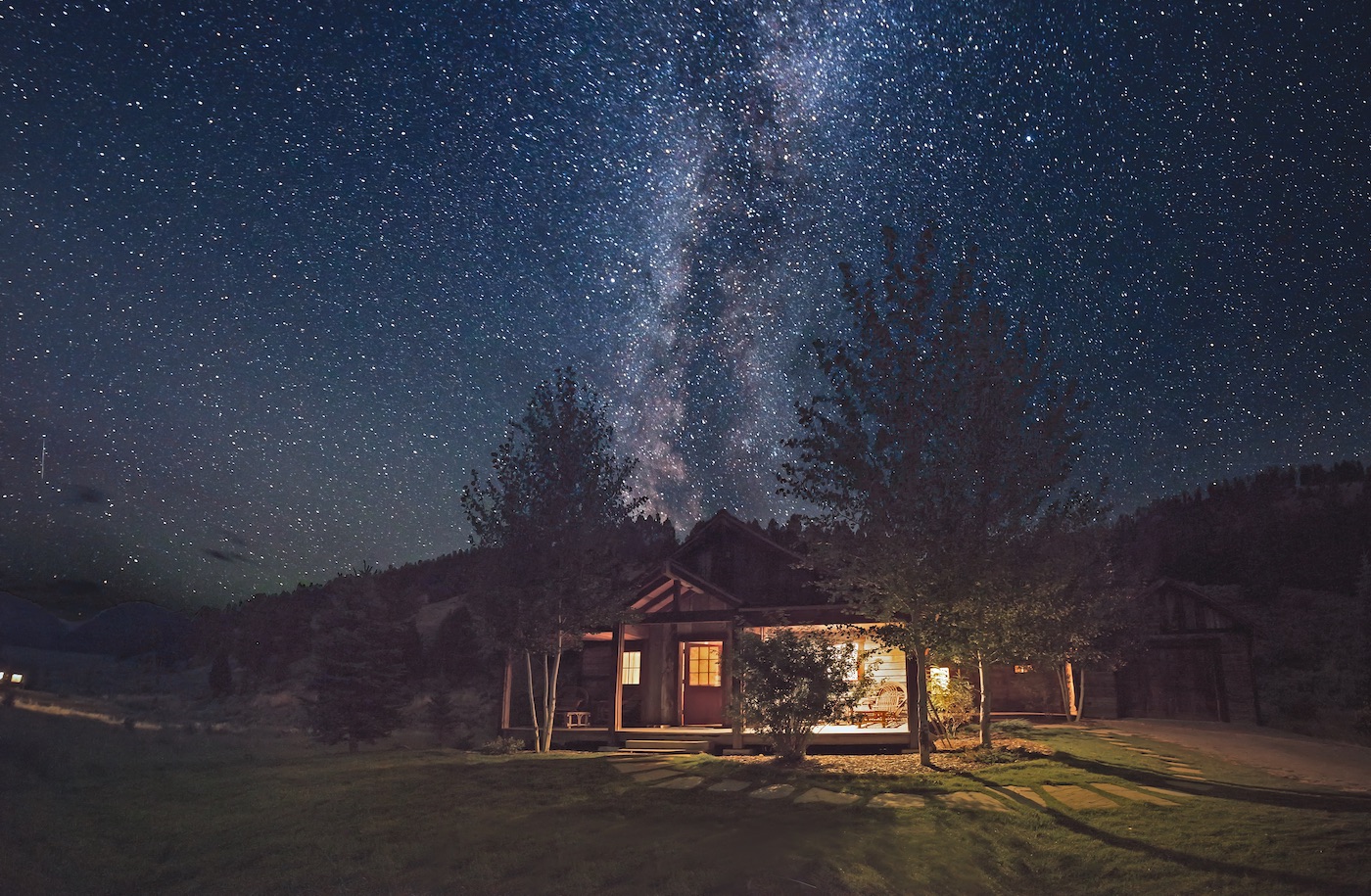
“If you ride a horse, shoot a gun, and go fishing,” locals told me, “you’re a Montanan!”
Over the next few days, I hoped to earn my membership badge.
My wife, Merry, and I had just arrived at the Ranch at Rock Creek in southwest Montana. Set along a mountain-fed stream amidst cottonwoods and evergreen trees, the ranch manages to combine authentic western cowboy life with soft-sheet luxury.
We checked into our room in the main log lodge. Behind the reception desk, Connecticut native Linda Walser talked about living in the West. “Look at the view out that door,” she exclaimed, waving a hand towards golden aspen trees, mountains, and a radiant blue sky. “Some days, the light hits everything just right and it looks like a painting.”
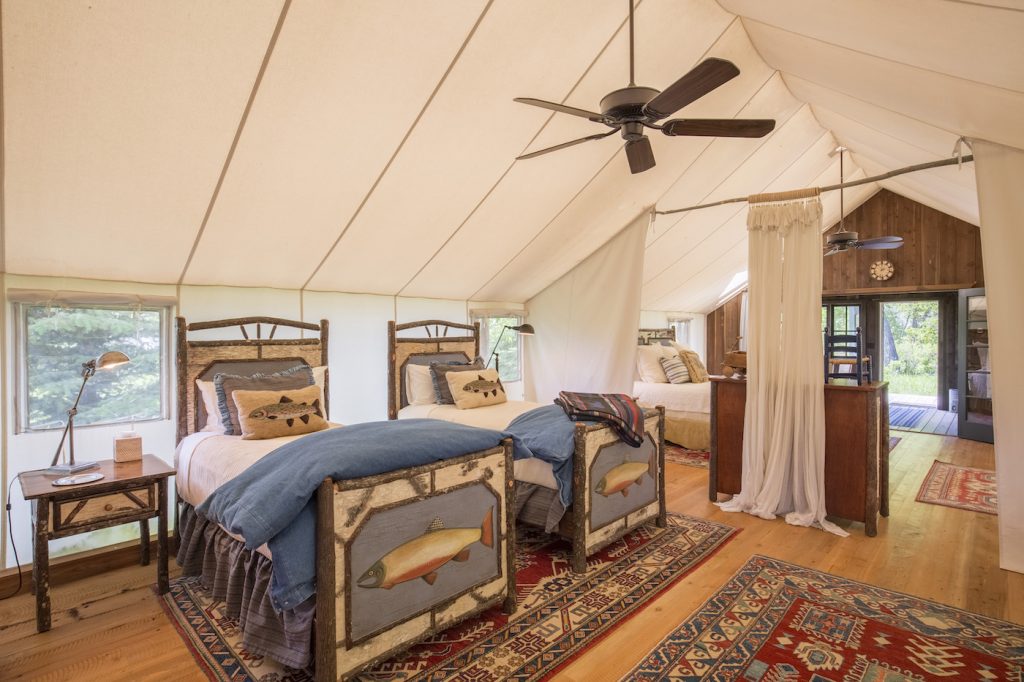
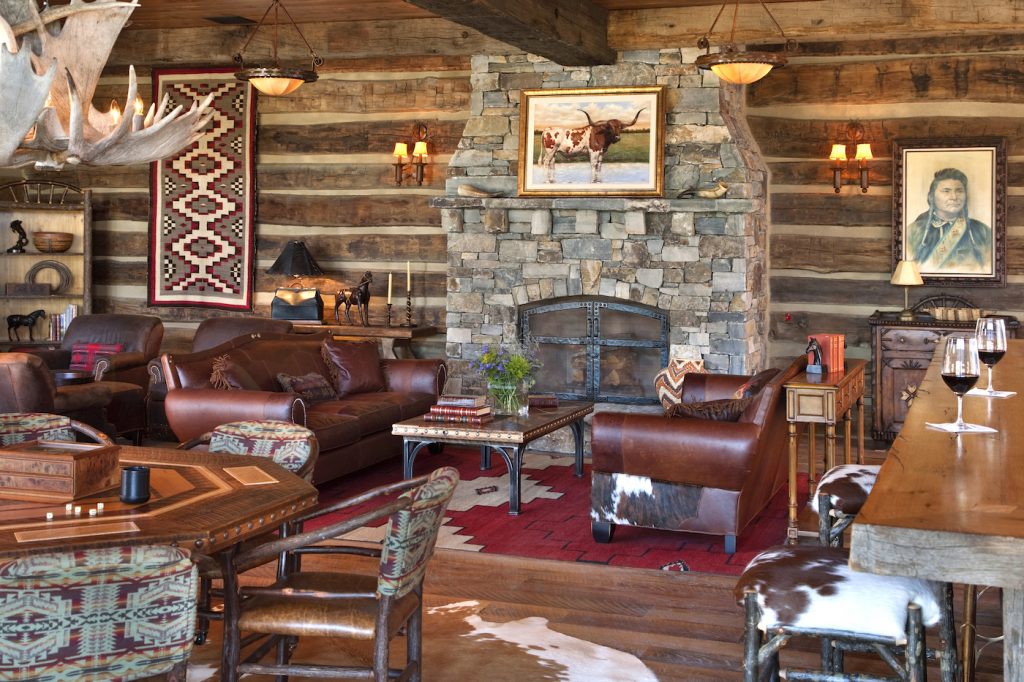
Within an hour, Merry and I had set off into the landscape to try out item #1 on our Montana citizenship list: shooting a gun. Guests at the ranch can fire pistols on a range, plink away at targets with a .22 rifle (something like a carnival game, good for novices), and try skeet shooting or the “sporting clays” course.
What exactly is a sporting clay? I had no idea, so I’d signed up.
Kind, knowledgeable firearms wrangler Rich Clark drove us to a remote part of the ranch, an area protected by hills and trees and littered with the shards of orange disks – the clays. He removed a shotgun from its case and, reflecting his military background, gave a thorough safety briefing. He added a jocular caution: “If Bambi wanders in, we call a ceasefire.” (Deer, elk, moose, coyotes, wolves, and other critters roam freely on the ranch.)
To help me learn the best moment to shoot – usually at the apex of the disk’s flight – Rich said he would shout “Pow!” A funny suggestion, but it definitely helped me find the sweet spot.
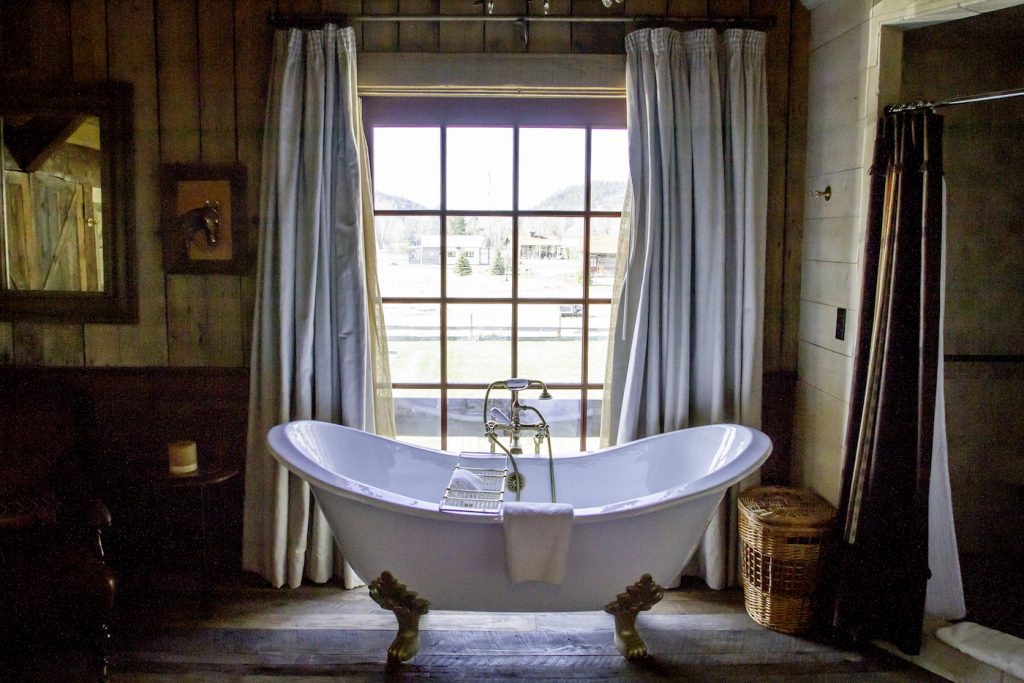
When Rich pressed a button on a remote control, a clay would sail into the air from an unexpected direction. I tended to miss on the first shot, but nail the disk on the second. Rich theorized that the first time I was probably overthinking it, but for the second shot I had only a split second and had to rely on pure instinct. I was bypassing the brain, like an athlete reacting to a tennis ball without conscious thought.
For related reasons, women are typically better at sporting clays. Macho men figure “Hey, I got this!” and don’t focus, so they miss. But women tend to be nervous that they won’t know what they’re doing, so they focus carefully – and shoot more accurately.
To end our session, Rich sent aloft a thirty-second flurry of clays. I had to fire and reload continuously as the orange disks sailed everywhere at once like a Fourth of July fireworks finale.
It was – literally – a blast!
BELLA PAPE GREW UP ON A WORKING CATTLE RANCH, making her the ideal teacher to help me check off item #2 on my Montana bucket list: riding a horse.
At the barn I traded my hiking boots for one of the many pairs of cowboy boots the ranch keeps on hand for tenderfeet. Then I climbed aboard a handsome black steed named Spade.
I couldn’t help recalling comedian Jim Gaffigan’s horse joke: A guy shows up at the stable, and the horse thinks, “Why am I carrying you around?! I saw you drive up in a Honda Civic.”
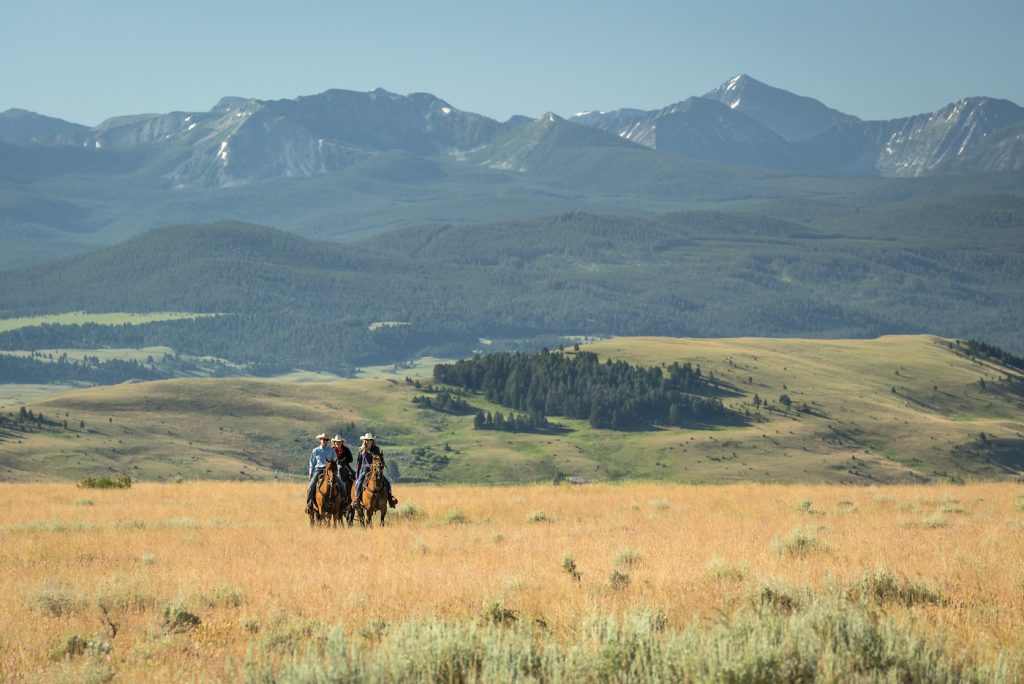
Bella led us across gentle pasture land, the perfect terrain for a greenhorn rider to get his bearings. In contrast, Bella has been riding horses since she was tiny, so I asked her the right way to sit on one. “It’s shoulders, hips, and heels all in a line,” she explained. I checked my posture and adjusted my heels.
“You shouldn’t slump like a sack of potatoes,” she continued, “with all your weight on the horse. Keep your legs a bit straight and stiff, to hold yourself up slightly. You don’t want to bang-bang-bang on the horse’s back.”
As we roamed the ranch, Bella occasionally dismounted to open a stock gate. I’d guide Spade through with a light kick and a tug on the reins. This riding stuff was beginning to make sense. But really, I didn’t have to do much: Spade knew the trail like the back of his hoof.
My horse followed his familiar route while I got an elevated look at the scenery – wind blowing through cottonwood trees, gray skies foretelling the snowstorm heading toward Montana. Bella, I noticed, had pulled her hands up inside the sleeves of her jacket for warmth.

That night the storm arrived, and Merry and I woke up the next morning to a white and wintry world. Snow lay on the silent ground and frosted the evergreens like Christmas trees. We padded down to breakfast in the lodge’s dining room.
After eating, we got a text from our son, asking, “How are you surviving the storm?” I wrote back: “It’s lovely. We just survived a breakfast with truffle eggs and lemon ricotta pancakes.”
Outside, snow lined the weathered wood corral fences and white flakes flew through the air. We decided to add one additional item to our Montana to-do list: Cozy up in a log lodge next to a massive stone fireplace, and just read a book.
FOR THE FINAL CHECK MARK on my western agenda, I joined one of the ranch’s licensed fishing guides the next day on Rock Creek. Madi King is in her twenties, with long blonde hair and the smile of someone who clearly loves her job. (“I have to pinch myself that this is my office!”) We stood under Douglas firs and ponderosa pines along the ranch’s four miles of “Blue Ribbon” trout-fishing water. This official designation verifies that the creek’s fish are wild, not stocked from a hatchery. (“We don’t monitor,” said Madi wryly, “like, Oh, we’re low on rainbow trout! Put some more in.”)
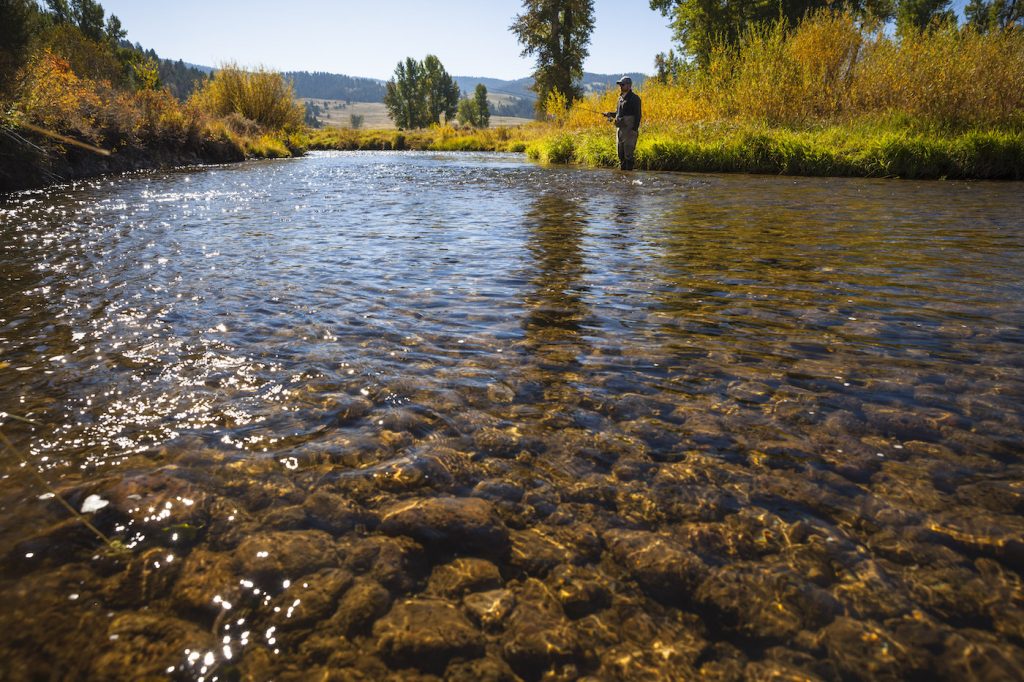
She proceeded to give me an expert’s river education. A fly fisherperson has to know what the local trout prefer to eat, bug-wise. “In summer, insects fly around and land on the surface of the water,” she explained. “So you use a dry fly that mimics them, and you cast the fly so it lands on top of the water for the fish to bite.” In autumn, anglers switch to a nymph designed to look like an underwater insect larva, letting it drift downstream.
A master like Madi knows the creek like her own living room. She pointed out a few choice fishing spots. “You see where there’s current, then a nice soft pool? That’s where the fish like to be,” she said. “The food comes right past their faces, like a little sushi buffet. They can just swim out, eat it, and go back to the nice slow-moving water.”
In Rock Creek there are six different species of trout, from rainbows to big bull trout, cutthroats, and browns. All fishing is catch-and-release, using hooks without barbs. “The fish are our co-workers,” Madi feels, “so we try to treat them the best we can and get them back in the water ASAP.”
She talked about the challenge of outthinking a species that humans don’t know a lot about. “You have to really try and get in the mindset of the fish,” Madi explained. “I truly look at it as a form of meditation. I’ll go out all day, just by myself, and at the end I realize I didn’t have many thoughts other than what I was doing. It’s nice.”
Madi then told me something that seemed to sum up the promise and glory of spending time in the wild beauty of Montana, as I’d been privileged to do. “I had a realization the other day: I have never lived on a paved road in my life. I’ve only lived on a dirt road. And I thought: You know, I’m going to try to keep that going. I’m my best self out here,” she said. “And I love it.”
COMPASS POINTS
OVERVIEW: Located 20 miles from the tiny historic town of Philipsburg in southwestern Montana, the Ranch at Rock Creek is part of Relais & Châteaux and was a founding member of National Geographic’s Unique Lodges of the World. The ranch sprawls across 6,600 acres (about 10 square miles) and accommodates a maximum of 125 guests.
CONTACT: Web: www.theranchatrockcreek.com. Email: welcome@theranchatrockcreek.com. Phone: 877-786-1545.
GETTING THERE: The ranch is a 1.5-hour drive from Missoula International Airport (MSO).
DETAILS: Open year-round, the ranch welcomes adults, children, and pets. Rates are all-inclusive, with three gourmet meals a day using organic and sustainable meats and produce; unlimited premium wine, beer, spirits, and other beverages; and outdoor activities (including gear and equipment) such as horseback riding (plus roping and rodeo events), fly fishing, shooting, hiking, mountain biking, a ropes course and zip lines, archery, and winter sports such as cross-country skiing. Also: fitness center, swimming pool, outdoor hot tub.
The saloon has a regulation four-lane bowling alley, billiards, a movie theater, and other entertainments. A full-service spa offers a menu of massages, soaks and scrubs, facials, yoga, and forest bathing. Due to the ranch’s remote location, cell phone service is limited or non-existent; all accommodations have landline phones for free domestic and international calls.
The 29 accommodations range from lodge rooms to five-bedroom homes, as well as cabins, barn suites, canvas glamping cabins, and even a Conestoga wagon. Rates per night vary by season, running from $1,800 (lodge room or canvas cabin) to $12,400 (house for eight people), plus a 20-percent ranch fee.







